11 Antique Teapots Worth a Surprising Amount Today
Teapots have long been more than just functional items. As antique pieces, they offer both beauty and the potential for high returns. Whether crafted from porcelain, silver, or other materials, some teapots can fetch impressive prices. Their designs and craftsmanship make them valuable to collectors around the world. The allure of antique teapots comes from their rich history and the artistry behind each piece. If you want to know which teapots could bring you significant returns, keep reading to uncover some top examples.
This post may contain affiliate links, which helps keep this content free. Please read our disclosure for more info.
Qing Dynasty Porcelain Teapot
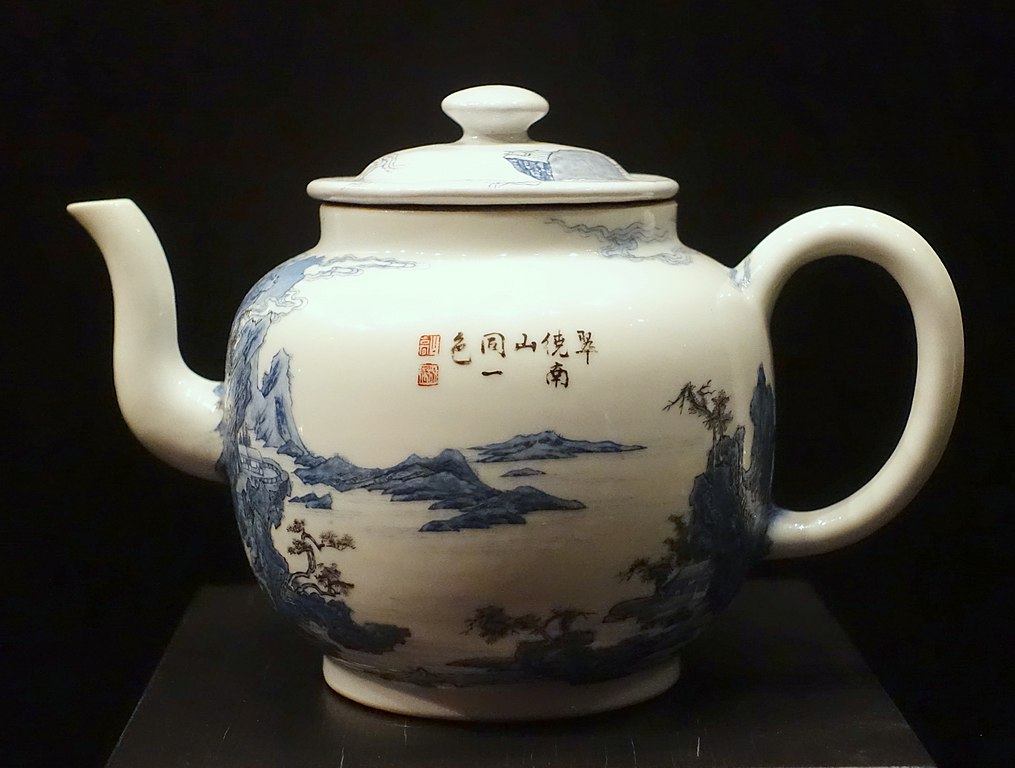
The Qing Dynasty Porcelain Teapot is a fine example of Chinese craftsmanship. Released during the reign of Emperor Qianlong (1736-1795), it is known for its delicate hand-painted floral patterns. When first sold, its price was modest, but its rarity and exquisite design have made it a highly sought-after piece. Today, the value of such teapots can range between $5,000 to $15,000, depending on its condition and intricacy.
Collectors are drawn to the Qing Dynasty Porcelain Teapot due to its historical significance and refined craftsmanship. The teapot’s smooth porcelain surface and the vibrant colors make it a desirable item for antique enthusiasts. Because of its age and quality, it remains a symbol of high status. A well-preserved piece from this period can fetch impressive prices at auctions and antique shops worldwide.
Meissen Blue Onion Teapot
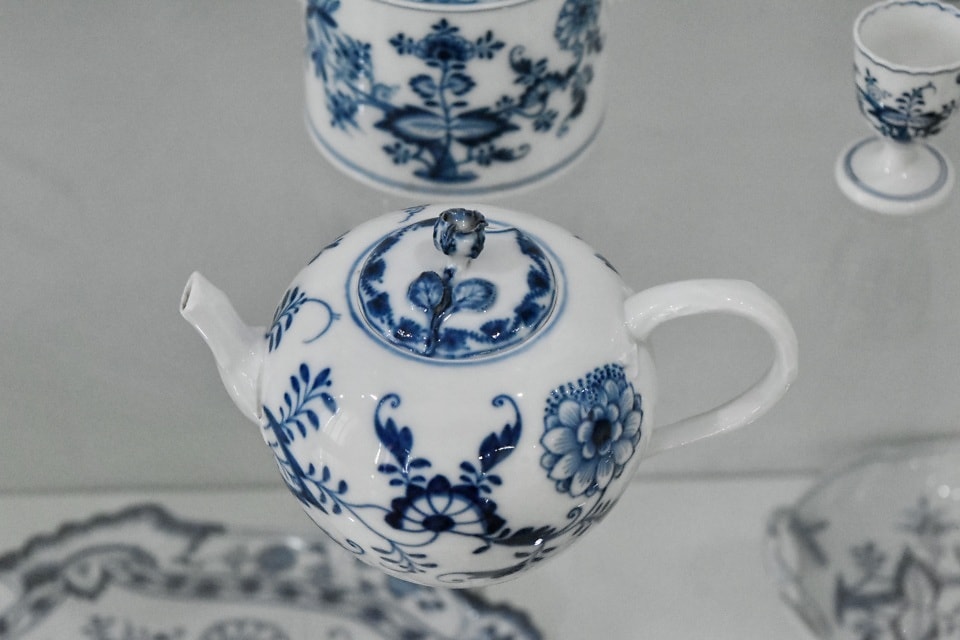
The Meissen Blue Onion Teapot is an iconic German piece that dates back to the early 18th century. Created by the Meissen factory, it features beautiful blue floral designs on white porcelain. Originally, the teapot sold for a modest price, but due to its historical importance and intricate artistry, it now commands a much higher value. Today, this teapot can fetch around $10,000 to $20,000 at auctions.
Meissen porcelain is renowned for its high quality, and the Blue Onion design is one of the factory’s most recognizable. The craftsmanship and the vibrant cobalt blue color have made this teapot a highly prized collectible. The teapot’s appeal is not only its beauty but also its rich history in the development of European porcelain. Its market value continues to rise, making it a smart investment for collectors.
Staffordshire Pearlware Teapot
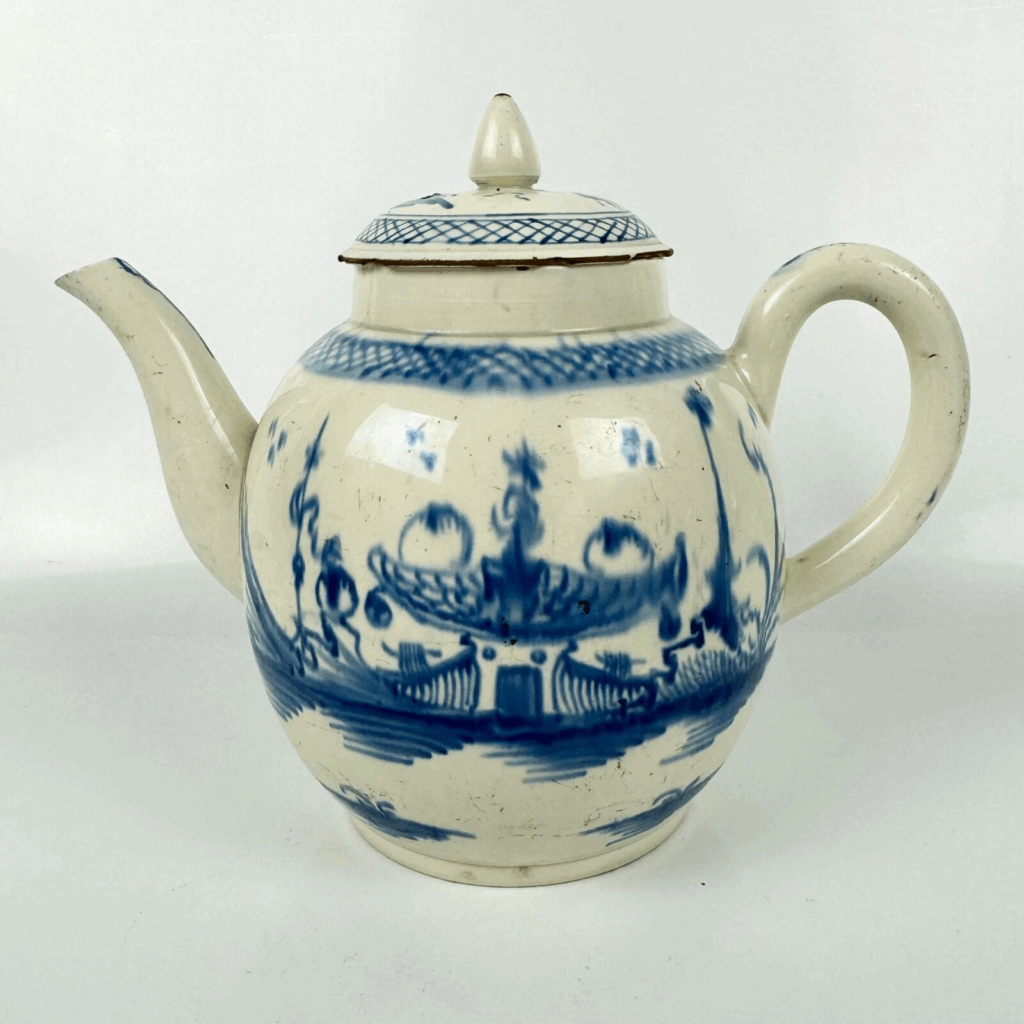
Staffordshire Pearlware Teapots were first produced in the late 18th century, during the height of English ceramics production. The teapot’s value comes from its fine pearlware glaze and its intricate patterns, which often depict pastoral scenes. When first released, these teapots were affordable to the middle class. However, their age and rarity today make them worth between $3,000 and $8,000.
Collectors appreciate Staffordshire Pearlware for its historical significance in the English ceramic industry. These teapots are highly regarded for their craftsmanship, with many featuring hand-painted designs. Their relatively simple but elegant appearance makes them an enduring favorite among antique collectors. As time goes on, their value increases, especially when they are in good condition.
Royal Worcester Teapot
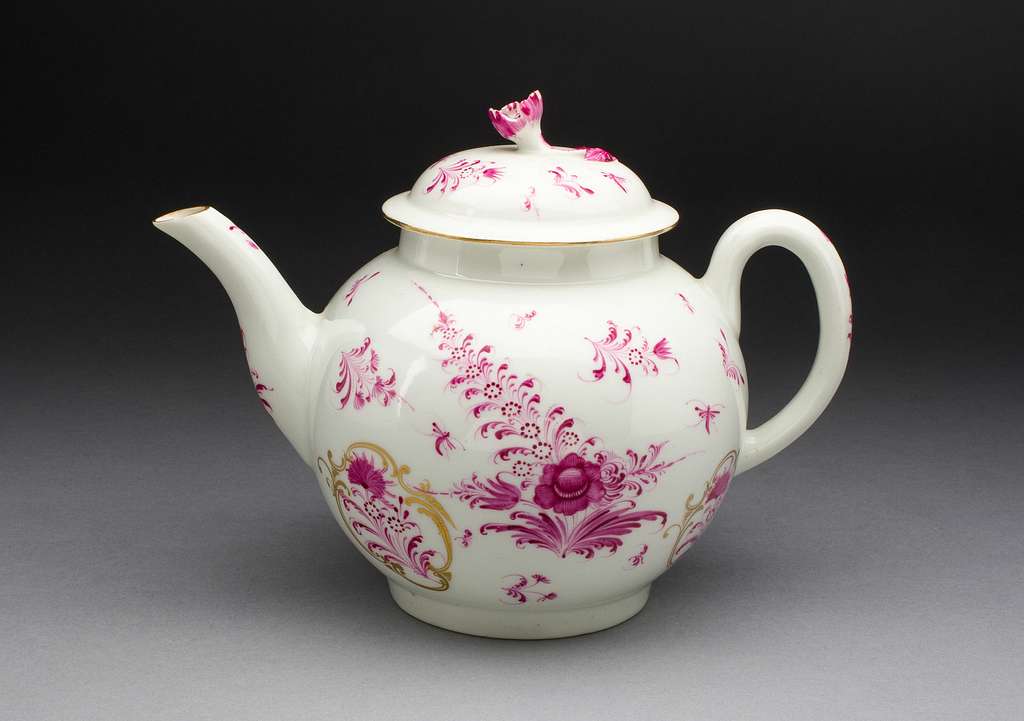
Royal Worcester Teapots have been produced since the 18th century, with their peak period of production between the 18th and 19th centuries. These teapots are known for their fine porcelain and hand-painted designs. When first sold, the teapots were priced relatively affordably for their quality. Today, their value can range from $2,000 to $12,000, depending on the design and condition.
Royal Worcester is celebrated for its elegant and intricate porcelain work. The teapots are often adorned with floral motifs, gold accents, and detailed hand-painted scenes. As a prestigious brand, Royal Worcester teapots hold significant value among collectors. Over time, these teapots have become a symbol of craftsmanship, and their market value reflects that distinction.
Wedgwood Black Basalt Teapot
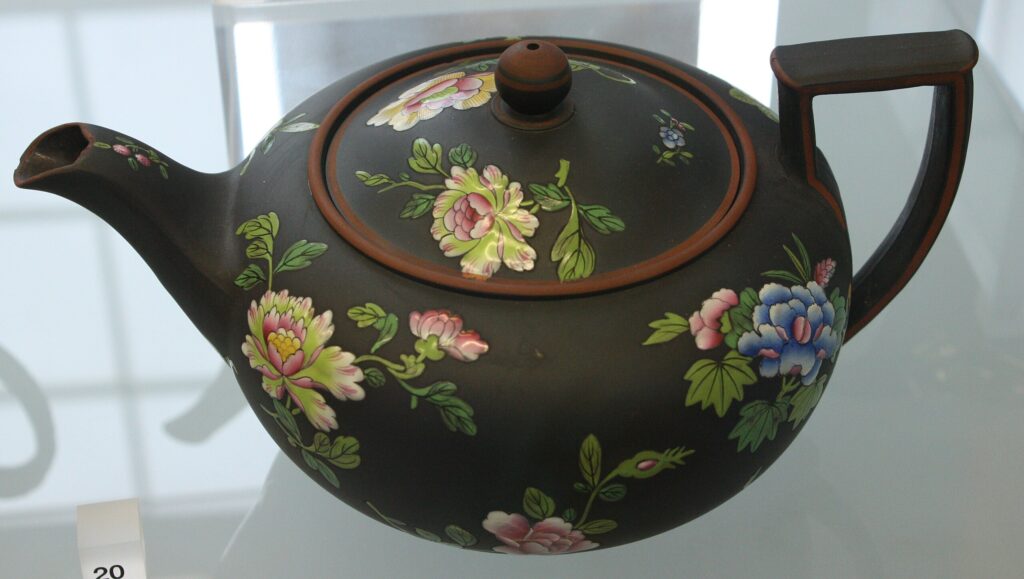
The Wedgwood Black Basalt Teapot is a notable example of 18th-century British pottery. First created by Josiah Wedgwood in the late 1700s, these teapots were crafted from a unique black stoneware. They were initially priced at affordable rates for their time but are now highly sought after due to their rarity. A well-preserved Wedgwood Black Basalt Teapot can now sell for between $4,000 and $10,000.
Wedgwood’s innovation in creating black basalt pottery, which was matte and durable, set this design apart from others. These teapots are valued for their sleek, dark finish and classical designs. The teapot’s value increases with age, especially if it remains in excellent condition. Antique collectors often seek this teapot for its historical significance and quality craftsmanship.
Chelsea Porcelain Teapot
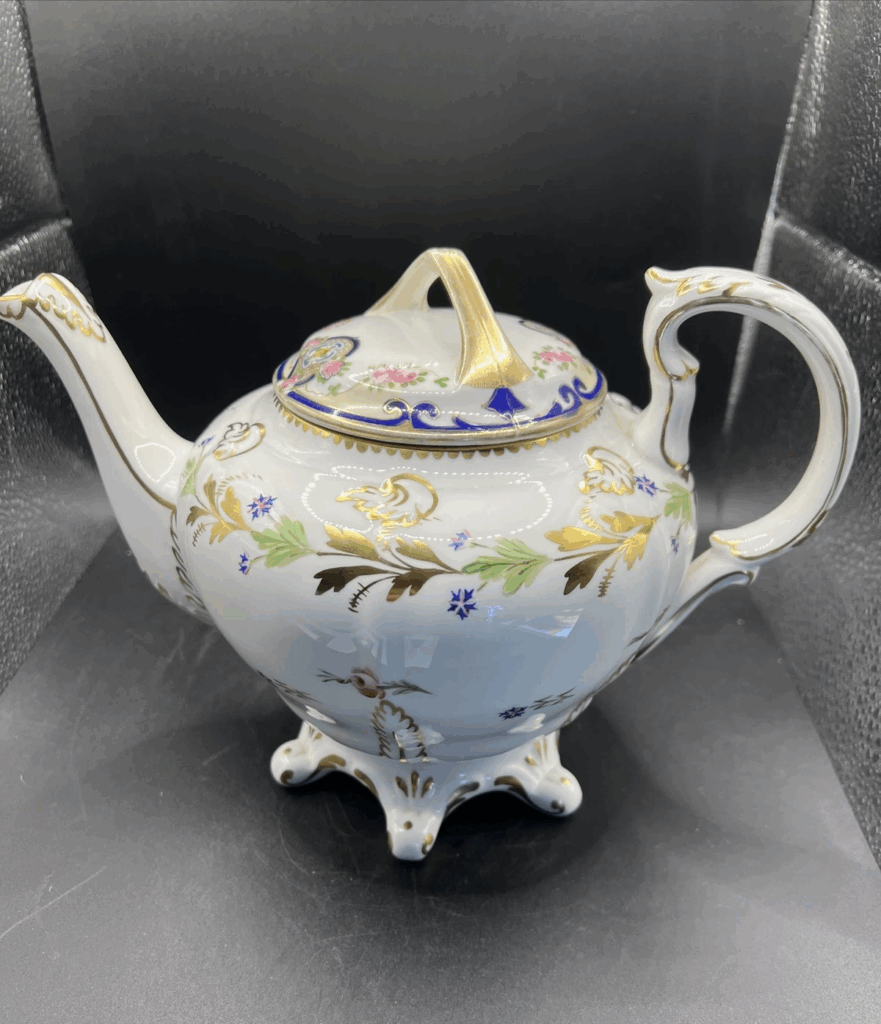
Chelsea Porcelain Teapots, made in the 18th century by the Chelsea porcelain factory, are highly prized by collectors today. These teapots are valued for their fine quality and unique designs, often decorated with bright colors and gilding. When first sold, they were priced higher than other porcelain wares, as Chelsea was known for its premium products. Nowadays, a Chelsea teapot can fetch prices between $6,000 and $15,000 depending on rarity and condition.
Chelsea Porcelain Teapots are significant because they were among the first to use a superior type of porcelain, setting a high standard for European ceramics. The detailed decoration and historical importance of these teapots make them highly collectible. The factory’s output is considered one of the finest examples of English porcelain, adding to the value of its teapots. Their rarity and exquisite craftsmanship have made them increasingly valuable over time.
Chinese Export Teapot
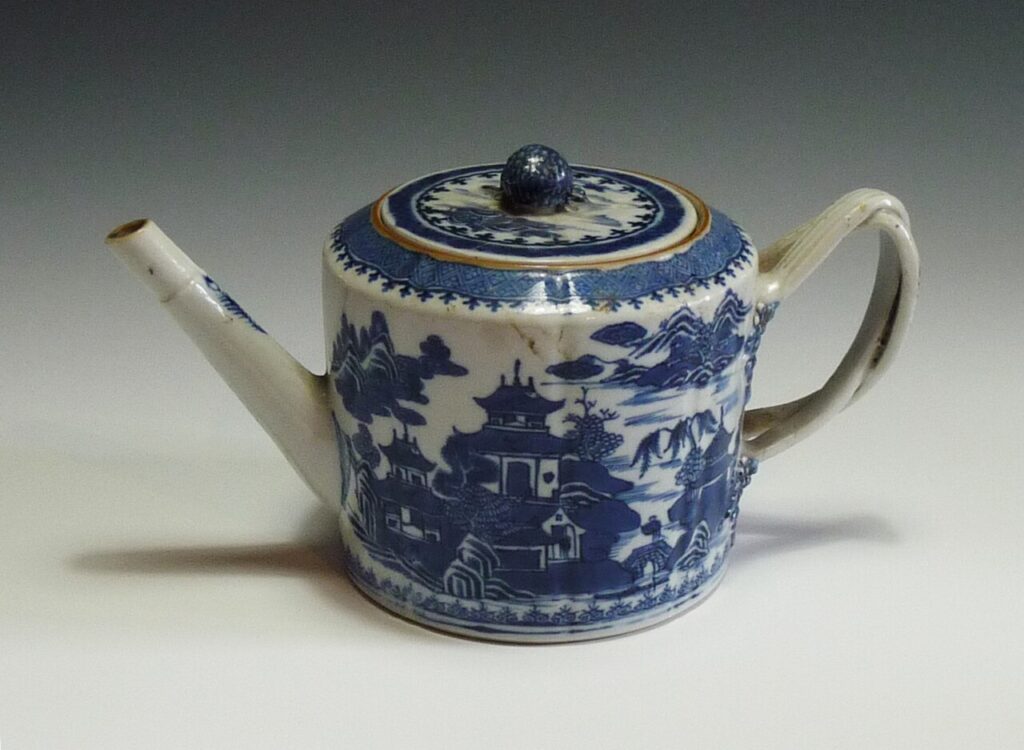
Chinese Export Teapots were made for the European market in the 18th and 19th centuries, during the Qing Dynasty. These teapots are renowned for their distinctive patterns and use of vibrant colors, often influenced by European tastes. Initially, they were affordable for European buyers, but as demand grew, their value soared. Today, these teapots can be valued at $3,000 to $10,000 depending on their design and condition.
The Chinese Export Teapot is prized for its unique blend of Chinese artistry and European style. Many feature intricate floral patterns or depictions of mythical creatures. These teapots offer a glimpse into trade history between China and Europe. As a result, their historical significance and fine craftsmanship make them highly collectible, with their value increasing over time.
Imperial Russian Teapot
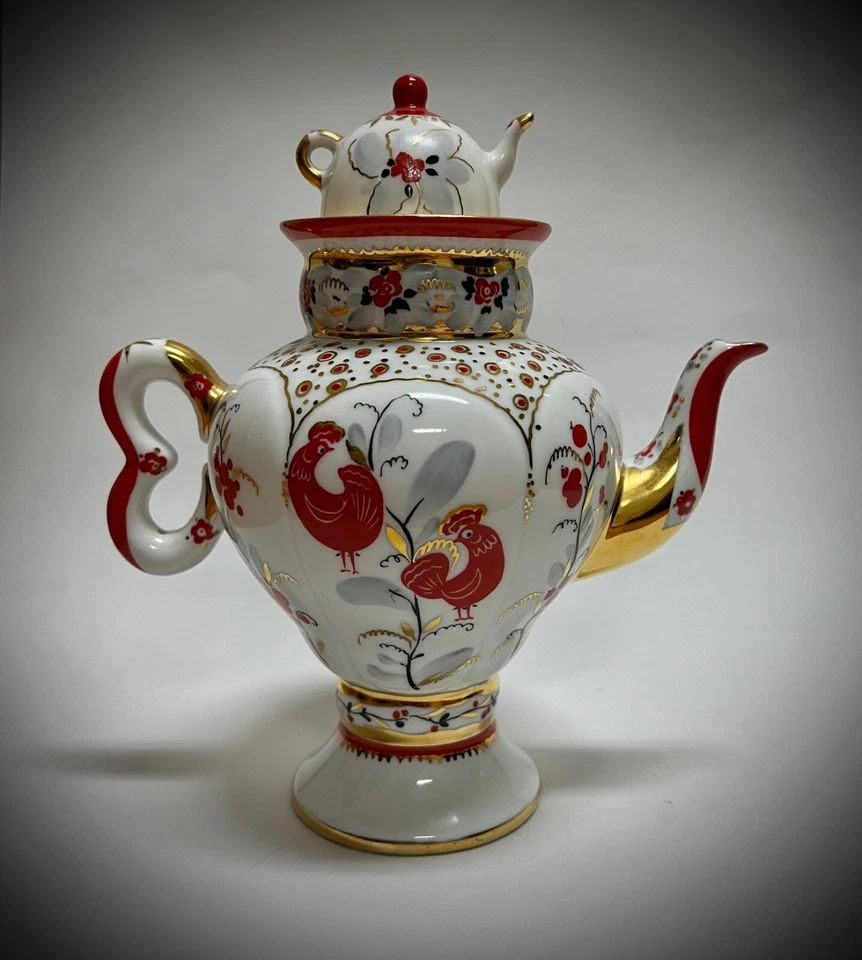
Imperial Russian Teapots, made in the 19th century, are notable for their luxurious materials and craftsmanship. These teapots were often crafted from fine porcelain and decorated with gold and enamel, making them highly coveted by the Russian aristocracy. When first sold, these teapots were priced high due to their association with the royal family. Today, they can fetch between $8,000 and $20,000.
Imperial Russian Teapots are valued for their connection to Russia’s opulent past, as they were crafted to reflect the wealth and status of the nobility. The combination of intricate detailing and the use of precious metals contributes to their high market value. Collectors appreciate their rarity and the historical insight they provide into Russia’s imperial era. These teapots remain some of the most prestigious and valuable pieces in the antique market.
Vienna Porcelain Teapot
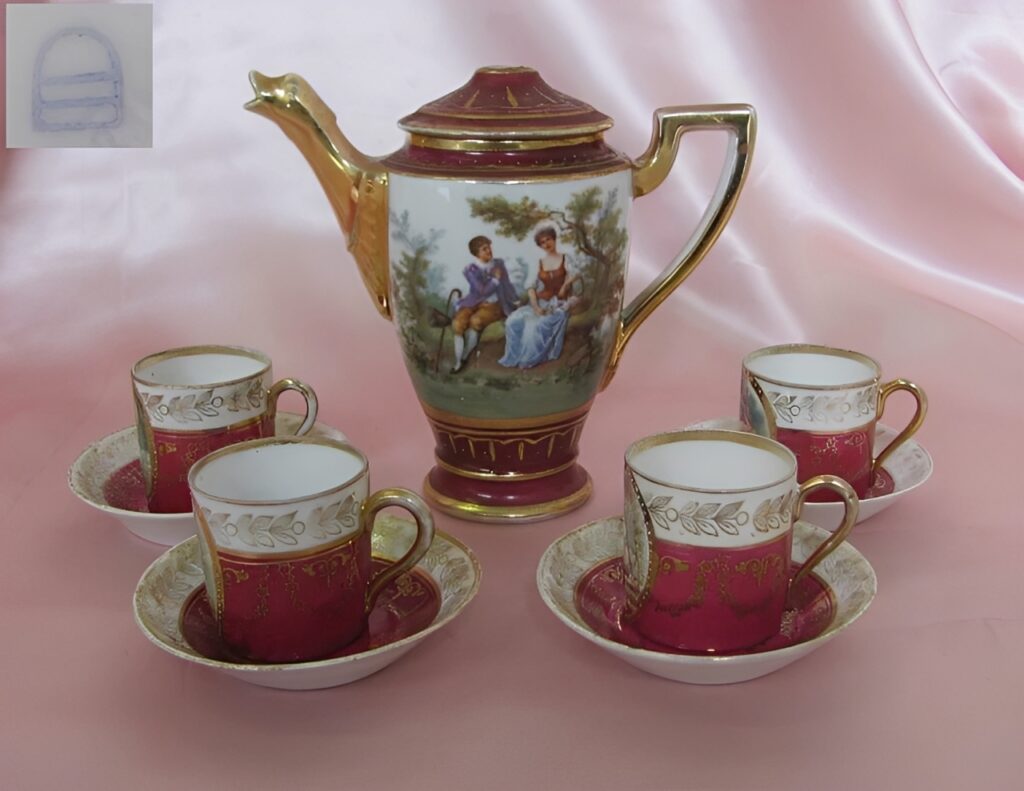
Vienna Porcelain Teapots, produced during the 18th and 19th centuries, are cherished for their high quality and refined artistic designs. These teapots often feature rich, hand-painted scenes of court life or mythological themes. Initially, they were sold to wealthy European buyers who valued their beauty and craftsmanship. Today, these teapots can be valued at $5,000 to $12,000 depending on their age and condition.
Vienna Porcelain Teapots are considered some of the finest examples of European porcelain. The vivid designs and meticulous painting techniques make them a prized possession among collectors. These teapots are rare due to the limited production during their time. Their market value continues to rise as more collectors seek out these exquisite pieces for their collections.
Staffordshire Figural Teapot
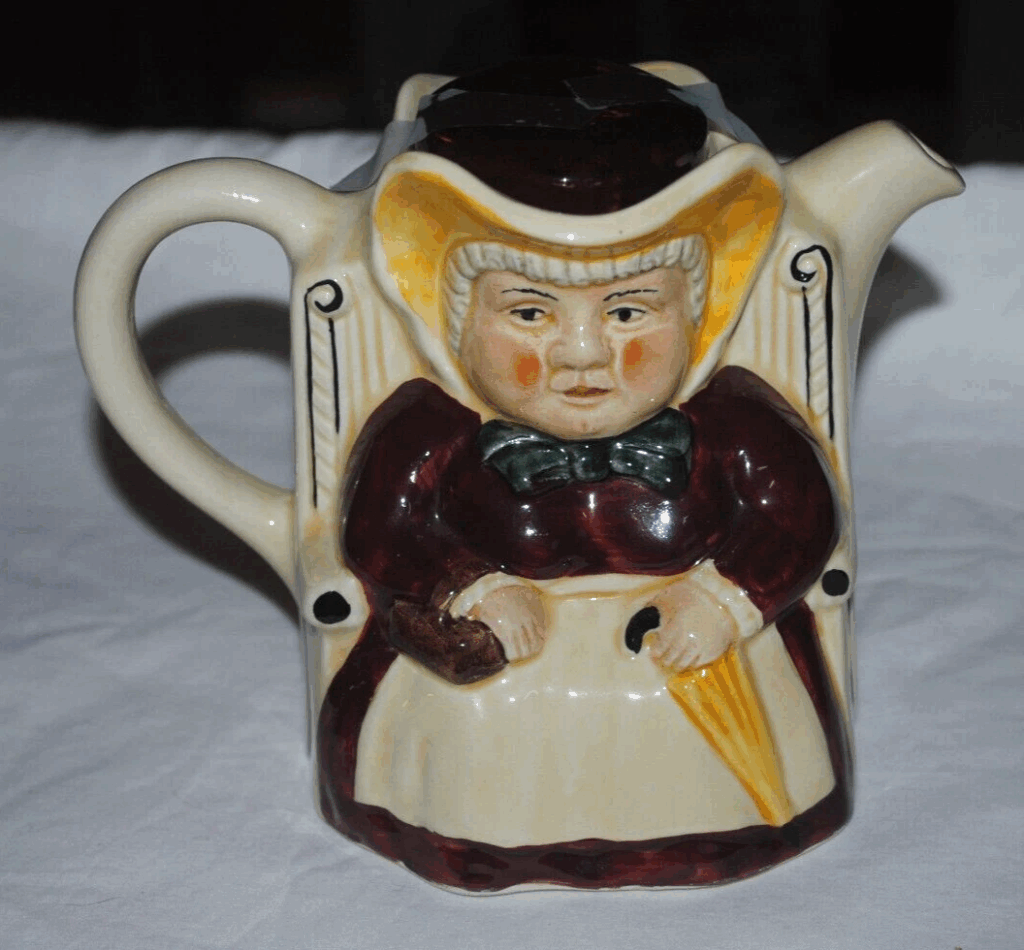
The Staffordshire Figural Teapot, produced in the early 19th century, is a unique teapot known for its sculptural designs. The teapot often features detailed figures, such as animals or historical scenes, molded directly into the body. Initially, Staffordshire teapots were sold at reasonable prices, but their distinctive designs have made them much more valuable today. The current value of these teapots ranges from $4,000 to $8,000.
These teapots are highly collectible due to their artistic and functional nature. The figural designs set them apart from traditional teapots, making them an interesting addition to any collection. Staffordshire teapots are often regarded as a window into early British pottery production, offering insight into the styles and techniques of the time. As their rarity and desirability grow, their market prices continue to rise.
Royal Copenhagen Teapot
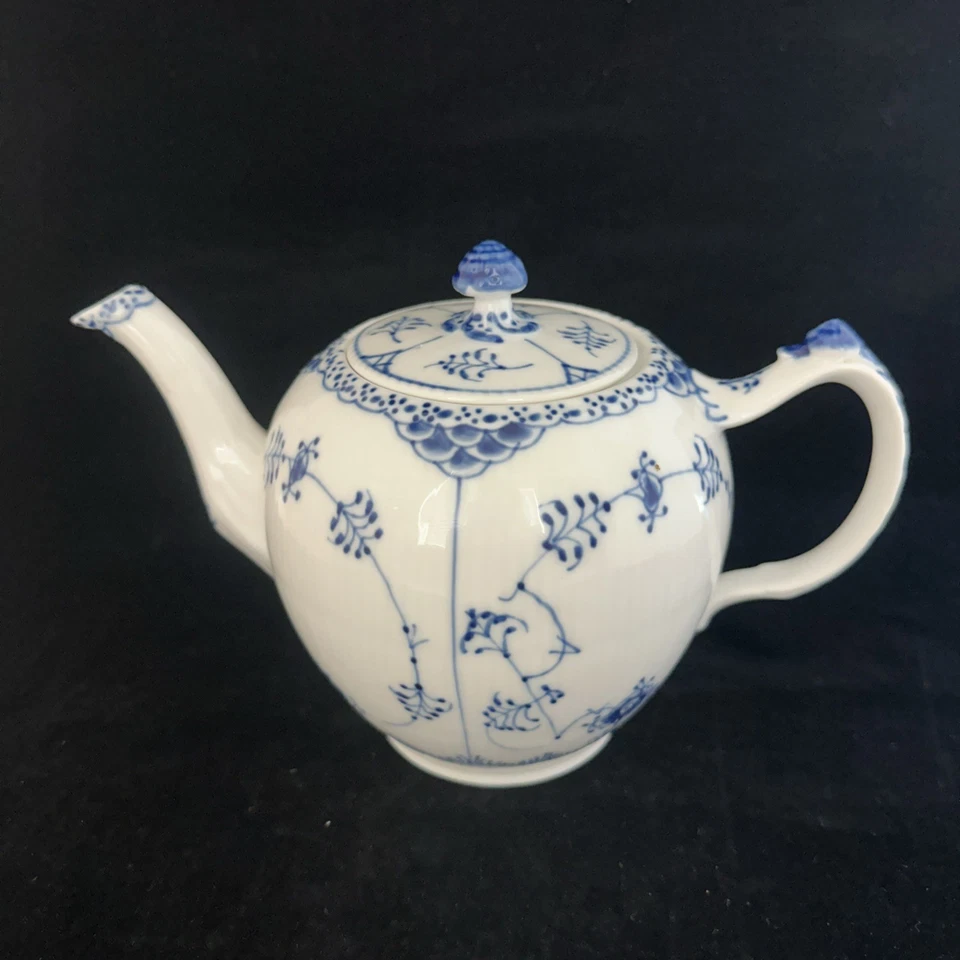
Royal Copenhagen Teapots, produced in Denmark since the 18th century, are known for their blue and white designs. These teapots feature hand-painted scenes of nature, animals, or historical subjects, all done in a distinct blue underglaze. Initially, these teapots were sold to affluent European buyers. Today, they are valued between $4,000 and $10,000, with some rare pieces reaching even higher prices.
Royal Copenhagen is one of the most respected names in porcelain, and its teapots are highly regarded for their artistry. The delicate hand-painted patterns and the fine porcelain make these teapots particularly valuable. These teapots are often sought after by collectors due to their beautiful craftsmanship and historical significance. Their value has increased over the years, reflecting their ongoing demand in the market.
These teapots can offer both aesthetic pleasure and potential value growth. Learning about their origins enhances the enjoyment of owning a timeless collectible.
This article originally appeared on Avocadu.
